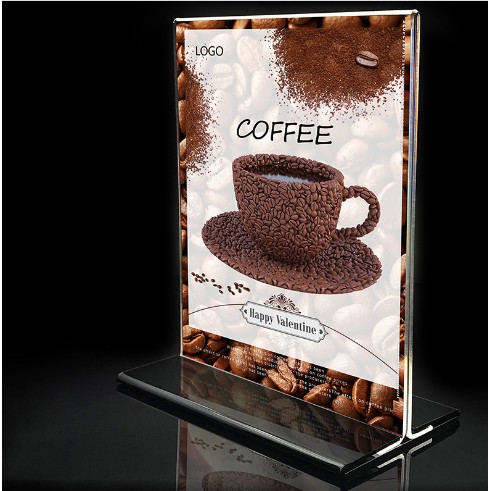Mica engraving is a process of marking metal surfaces with a design. The design may be drawn on paper (removable with acetone), a photo, or transferred using chemicals.
Engravers often choose items for inscription based on their shape, period styling, value and materials. Engravers also consider how the item will be used.
Traditional Mica Engraving
Traditional mica engraving involves etching a composition directly onto the surface of a metal plate, usually copper or zinc. An engraver uses a sharp tool, known as a burin, to cut into the surface of the plate. Once the design is etched, the plate is covered with a ground of mica to hide the inked lines from view. The engraved plate is then run through a press with a sheet of damp paper, causing the inked lines to transfer from the plate to the paper.
Engravers use a variety of tools, including jeweler’s knives with differently shaped tips to cut various kinds of grooves during the design process. They also employ a vise to hold the item they’re working on, which helps them to prevent displacement of the object during pressure. In order to ensure accuracy, a professional engraver works with steady eye-hand coordination.
Mica is a mineral found in nature that has a range of applications. Its durability and natural beauty make it a popular choice for flooring, countertops, and other surfaces in modern homes and office buildings. It’s also an inexpensive alternative to more expensive natural materials like stone or wood.

Mica can be tinted to produce shimmering colors for crafts and arts and is a common ingredient in DIY gilding waxes and find Cat laser inox ha noi. These waxes can be used to accent ornate moldings and carvings, and add a metallic sheen to home decorations. Mica can also be added to soap, candles, and epoxy resin to create a unique color.
Modern Mica Engraving Techniques
Engraving is an art form that involves etching delicate patterns on a surface with hand-held engraving tools. It is a meticulous process that requires skill and precision to create beautiful results. Today, it’s often combined with digital technologies to improve productivity and accuracy. Engraving can be used to decorate a piece of metal or to create printing plates that are then transferred onto paper to create an image.
The first step of the engraved printmaking process is to prepare the metal plate. Once the engraved lines are ready, ink is applied to the surface of the plate. Ink is then carefully wiped away, leaving ink only in the engraved lines. This step is crucial for ensuring that the printed image accurately reflects the intricate details and tonal variations etched into the plate.
Currently, many printmakers use metallic printmaking inks to achieve the look of mica. These water-washable inks contain a mixture of mica pigments and other colours, such as gold and silver, to create the metallic appearance. Schmincke Aqua Linoprint inks, for example, contain coated mica pigments in a gum arabic base. Their silver ink prints as a handsome pewter tone and a double layer of this colour enhances its reflectivity.
Laser Engraving on Mica
Laser engraving is a widely used marking process that uses high-intensity laser light to create contrasting marks on a variety of materials. It’s typically performed on metal parts for durable identification purposes, but is also used by Xometry customers for artistic or aesthetic products such as commemorative or congratulatory items.
To engrave on a material, the design is first converted into a format that can be read by the laser cutter’s CAM (computer-aided manufacturing) software. The laser’s vector path is then determined by converting the design into a series of steps in this software. Laser power, speed, and the number of passes are then set based on the material and the desired mark pattern.
Mica is an excellent candidate for laser marking due to its exceptional properties as an electrical insulator and dielectric material. Additionally, it has high tensile strength and flexibility. This makes it ideal for medical product production, as it can withstand sterilization processes such as passivation and centrifugation.
While traditional methods such as etching and embossing are commonly used on medical devices, they require the use of chemicals, which can cause stress to components or even degrade them over time. Laser marking provides a safe, noncontact method that’s easy to control and can produce consistent high-quality marks. In addition, these marks are corrosion resistant and can withstand repeated autoclaving.
CNC Mica Engraving
Mica is a treasured natural material that has long been admired for its shimmering beauty and captivating colors. But bringing that artistic essence to the world of modern design and craftsmanship required a technique that could harness the power of digital precision. Enter CNC mica engraving a process that combines the best of both worlds to create truly magnificent works.
Traditionally, hand engraving has been one of the most intricate and labor-intensive techniques available. Using small engraving tools, a master artist would carefully push into the surface of the material, creating intricate patterns and designs that are difficult to replicate by machine. However, this type of engraving is taxing on the human body and can only be done for short periods of time.
Another common method of engraving is laser engraving. This process uses a laser to trace over the material, burning the lines into the surface of the material. The resulting marks are highly contrasted, giving the material an etched look. Laser engraving is also much faster than raster engraving, but can’t produce as many detailed marks as a raster cut.
To make the most of your laser, it’s important to have a few suggested presets for different materials and thicknesses. Save these settings into the CAM software and use them to ensure your project runs smoothly every time. Just remember to always wear your safety glasses when operating a Class 4 laser!